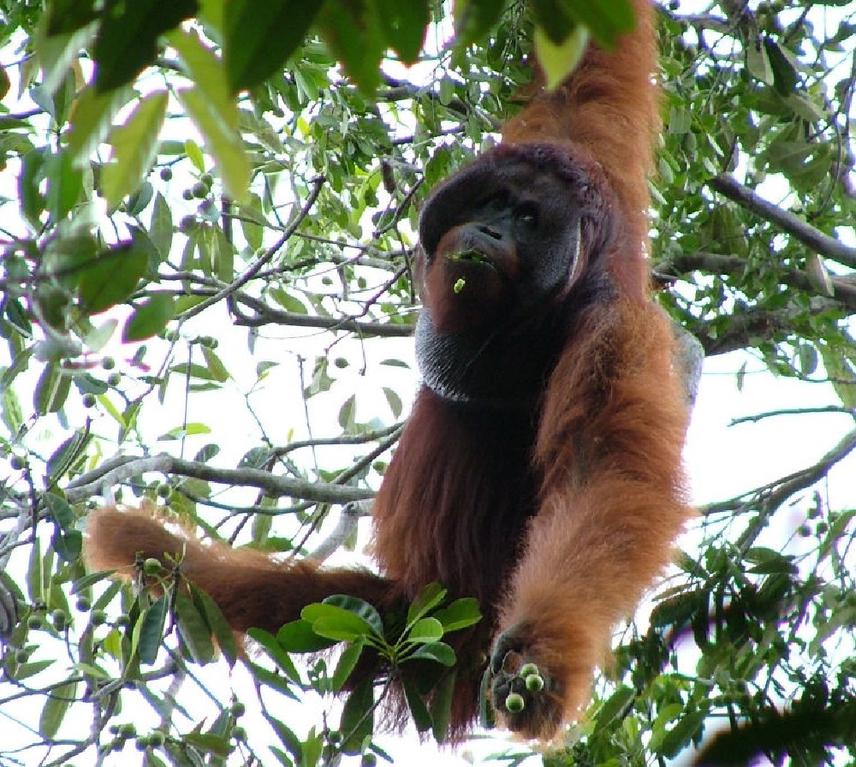Susan Cheyne
Other projects
9 Feb 2007
Orang-utans and Gibbons Compared: Implications of Differences in Feeding and Behavioural Ecology for Conservation I
11 Mar 2010
Orang-utans and Gibbons Compared: Implications of Differences in Feeding and Behavioural Ecology for Conservation III
This project aims to understand the behaviour and ecology of the two Asian apes in a degraded peat-swamp forest and to use that information for the protection of the forest ecosystem through collaboration with Indonesian researchers and organisations.

A dramatic and unexpected 36% crash in orangutan (and probably also gibbon, though to a lesser extent) numbers occurred in Sabangau in 2001-2002, which may have been preventable through early identification of the problem (suspected to be insufficient energy intake in logging refuge areas). We aim to prevent such a catastrophe from reoccurring by collecting data on those food species most important for the species’ survival, energy balances and travel efficiency. This will enable us to implement methods and indicators to enable future monitoring of the species, and hopefully identify in advance, and therefore prevent, any future population crashes.
The ecosystem has recently achieved protected-area status (Sabangau National Park, October 2004), and locally-led enforcement and management operations are underway to counter illegal logging and restore damaged habitat. We aim to support the conservation efforts of the Indonesian organisation, CIMTROP, by continuing our research into the impacts of disturbance on the fauna and flora of the area, by:
• Monitoring trends in ape populations in different areas of disturbed forest;
• Understanding behaviour and ecological needs of flagship species (orang-utans and gibbons);
• Assessing the health of remaining forest and rates of regeneration;
• Identifying the number of fire hotspots reported in each area and reducing the impact of fire through supporting local fire-fighting teams;
• Improving knowledge of the danger of fires both to biodiversity (habitat loss) and though smoke production (human health);
• Identifying continued threats to the forest and locations.
The purpose of this is to:
• Produce ape population trend data and site specific data to be compared to other areas;
• Data collected on apes through behavioural and ecological studies;
• Seasonal data to show recovery and succession of forest under different conditions;
• Data obtained from dept of Forestry on hotspot numbers;
• Increase number of community fire-fighting teams to raise awareness and combat fires;
• Survey areas of the catchment
Through long-term research into different species and habitat ecology we can help ensure the continued protected status of Sabangau and understanding this unique and complex ecosystem. Additionally, we provide jobs and training to local people and students in collaboration with Palangka Raya University.